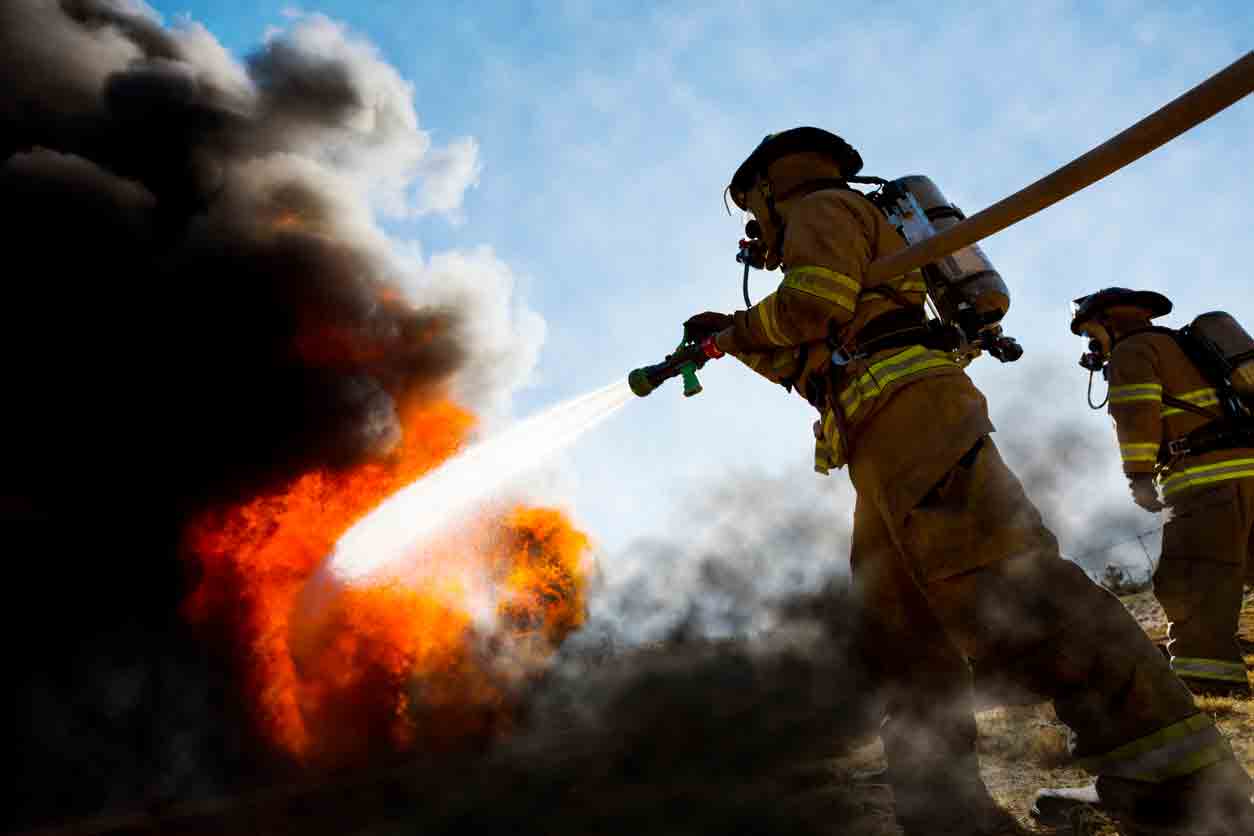Work
Targeting fire inspections more efficiently for the London Fire Brigade

We built a model for the London Fire Brigade that would enable the fire service to proactively plan and execute fire inspections more efficiently, by targeting premises that represented a higher risk.
Customer
London Fire Brigade, the busiest fire and rescue service in the country and one of the largest in the world.
Problem
In a 2015/2016 the London Fire Brigade (LFB) received over 170,000 emergency calls, and actively responded to more than 20,000 fire incidents. After each incident, the LFB is required to log the details in a database comprising more than 70 categorical fields, while the most serious incidents must be recorded in an in-depth written fire investigator report.
This exercise is both time-consuming and not performed in a way that allows the LFB to make use of the data their firefighters are inputting every day. Since 2000 the service has generated over 37,000 written reports, involving 2,000 hours of human reading time.
Faculty was asked to develop a method, using computational understanding of language, to offer insight into the different fire types which would enable the fire service to proactively plan and execute fire inspections.
Solution
Working with the fire and rescue service, we used a method of natural language processing, to analyse all the text gathered from the 37,000 reports. The algorithm identified topics in the documents and was able to extract coherent meaning from the large text dataset. The topic analysis distinguished between 20 different categories of fire, such as fires in heating systems and boilers, fires caused by faults in electrical appliances and fires in commercial kitchens.
Each circle represents a topic. The size of the circle shows the frequency of the topic within the dataset, while the distance between two circles gives an indication of how similar the topics are. The red circle relates to fires in restaurants. The associated word cloud, showing the significance of fat in ducting, is given on the right.
Impact
The project confirmed a hypothesis of the fire service that fires relating to the accumulation of grease and oil in ducting systems had been increasing over time. These fires were plotted on a map, identifying higher frequencies in Soho and on Edgware Road. This allowed the service to plan fire inspections more efficiently, and to target premises that represented the highest risk.